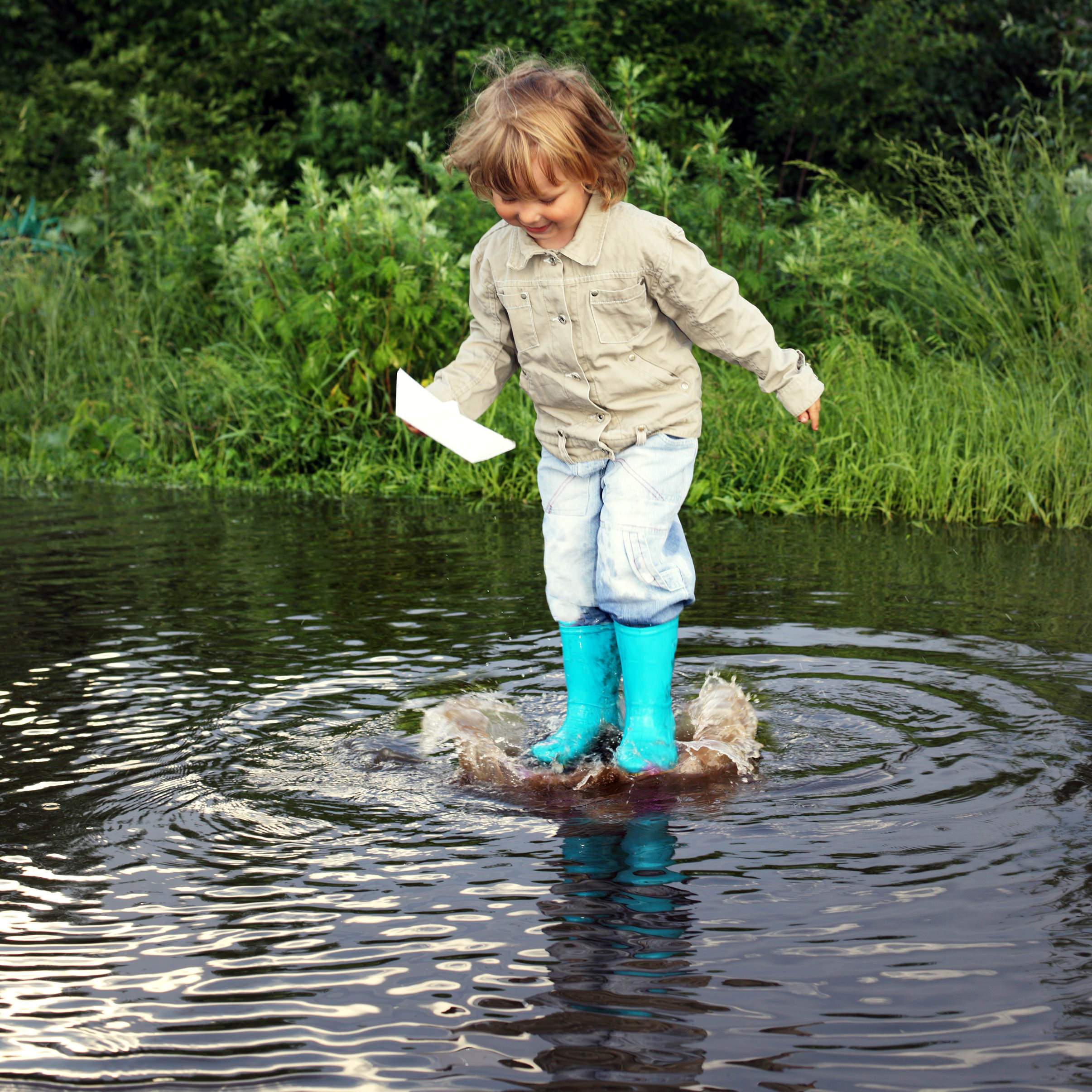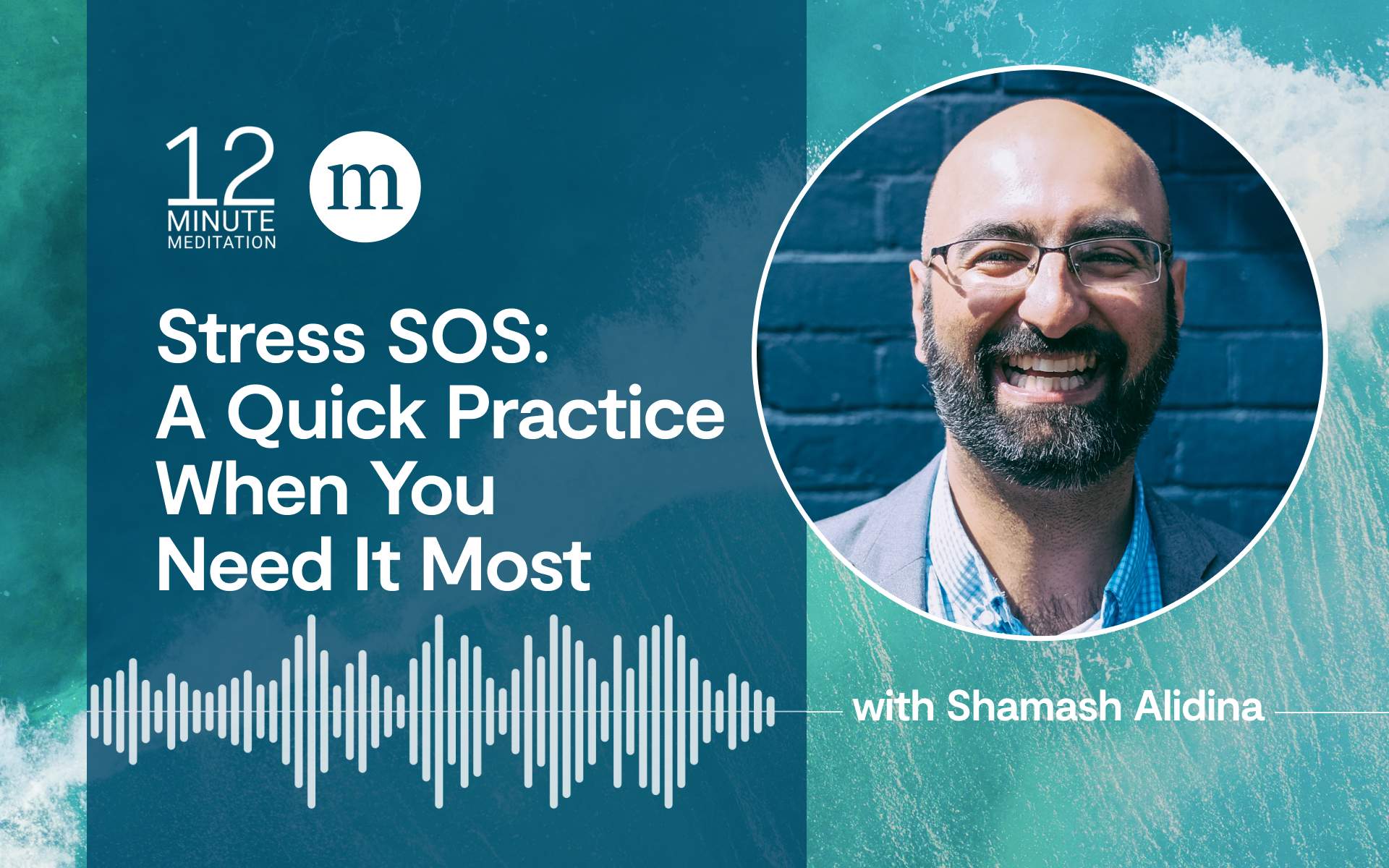Mindfulness is not just “neutral noticing”—certain attitudes form part of a mindful way of living. Well-being seems to come as much from how we approach experiences—how we choose to see and work with them—as it does from what’s going on around us and what actions we take. The most commonly mentioned mindful attitudes are curiosity and compassion, but there are others we can cultivate as well. Here are three of them: commitment, courage, and cheerfulness.
Commitment
There’s a cartoon showing a new meditator with a bubble of worries rising from her head. The caption reads: ‘I realize I’ve only been at it for five minutes, but meditation isn’t bringing me the peace of mind I was promised.’ Mindfulness isn’t a quick fix—like any skill, it takes time to learn, and its rewards don’t always come straight away.
When we first slow down and look at our minds and bodies, we may notice pain, anxiety, or desperate thoughts. We might find impatience, anger, doubt, or sadness. Maybe the urge to give up will arise. Over time, we learn that whatever comes up is workable, but unless we make a steady commitment, we risk losing heart, before the practice has time to bear fruit.
Unlearning old habits and developing new ones takes patient effort. It helps to meditate each day, whether the weather of our mind is bright or gloomy.
Courage
The mindfulness road can be rocky. It’s brave to stay with the present moment, especially when we don’t like what’s happening. This courage is known as an “approach” mentality. Approach-minded people move toward challenge with interest. They don’t just push away or run from difficulties. When driving in the snow, it’s better to turn into a skid, even though it runs against instinct.
Sometimes, the skids in life are the same. The opposite of approach is avoidance, which is a sign of poor psychological health. Avoidance means habitually fleeing from fears: turning away from the skids. When avoidance becomes a default setting, an automatic response to everything unpleasant, we restrict our range of responses. We might never go to unfamiliar places, try new things, or explore possibilities that don’t fit our existing schema. Life might feel safer, but also small and restricted. When troubling things find us, as they usually do, we’re unlikely to be ready.
Curious though it may seem at first, by gently embracing pain, sadness, anger, loss, fear, or whatever is bothering us, we can develop a resilience that helps us live fully.
To cultivate courage, take an upright posture. Straighten—but don’t stiffen—your upper body. When sitting, standing or moving, feel your feet making contact with the earth. Feel your body rising up to the sky. Feel your chest open, its movements in tune with the rhythm of your breath. You don’t have to force it—gently experiment with this way of being. Notice what happens.
Cheerfulness
Cheerfulness means making joyous contact with life on its terms. It’s not the same as crude positive thinking— trying to make things better by thinking nice thoughts. Being cheerful doesn’t require you to try to be happy—it means opening your heart with appreciation.
Of course, you might say, how can I be cheerful in the midst of sadness and anger, loss and illness, difficulty and disappointment? It may seem a tall order, or even foolish, to be cheerful when things are unpleasant, but it seems that only by moving in this direction can we free ourselves from the stress that comes with challenge and change. Why compound a difficult experience with an attitude of misery?
When problems arise, ask yourself: Could I open to this experience from a place of good cheer? There is no need to pretend that events bringing sadness are suddenly ones to laugh about. We can still feel disappointment or anger, but could we practise cheerfulness at the same time?
Adapted from Mindfulness: How To Live Well By Paying Attention, by Ed Halliwell, Hay House Basics








